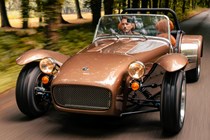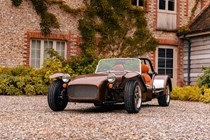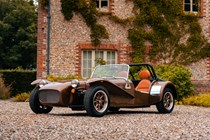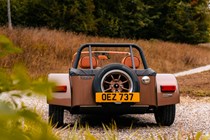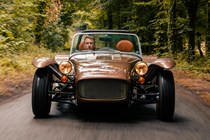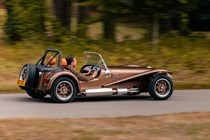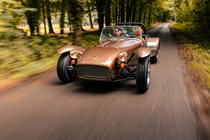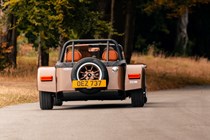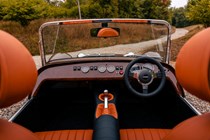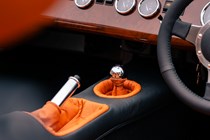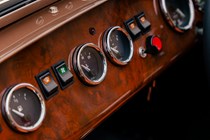Caterham Super Seven engines, drive and performance
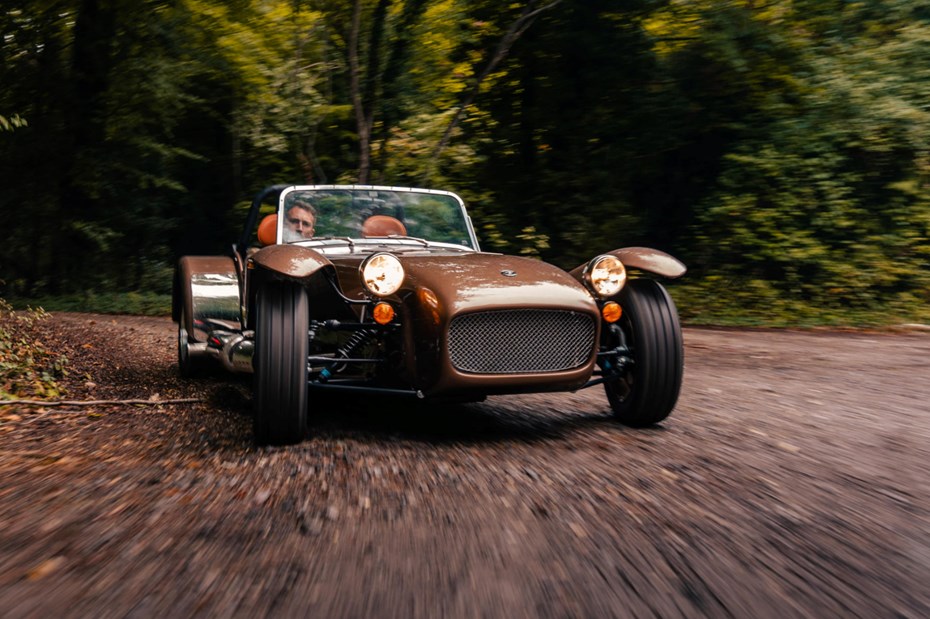
- Suzuki and Ford engines
- Extreme driving fun
- Not much like it
Caterham’s cars are powered by a selection of Suzuki and Ford engines with horsepower ranging between 85 and 314.
From the least to the most potent, none of the Seven models could be described as slow. Weight plays a big part in that – with less mass to move around, the fairly inconspicuous engine outputs available translate into serious speed.
Petrol engines
The entry-level Suzuki turbo (as found in the 170 and 600) is the slowest Seven. It uses a 660cc, three-cylinder turbocharged engine that’s good for 84hp. That figure may not excite, but thanks to the car’s low weight, it shifts along at an admirable pace, accompanied by an intake whoosh from the turbo.
Max torque is developed below 4,000rpm which means while you can rev it to around 6,000rpm, there’s little point. The 0-60mph sprint time of 6.9 seconds is nothing to be sniffed at though.
Next up are the 2.0-litre Ford-powered models. The naturally aspirated versions are regarded as the purest and most accessible cars Caterham produces. They range from 183hp to 210hp and take the Seven up a notch if you plan to use your car regularly on track as well as the road. They’re powerful enough to keep up with most competitors on a circuit but not so ballistic that you can’t enjoy it on the road too. These cars are notably quicker than the Suzuki models, but can feel a bit too brawny in poor conditions. There’a a lot of torque and power and it requires supreme attention at low speed in the rain.
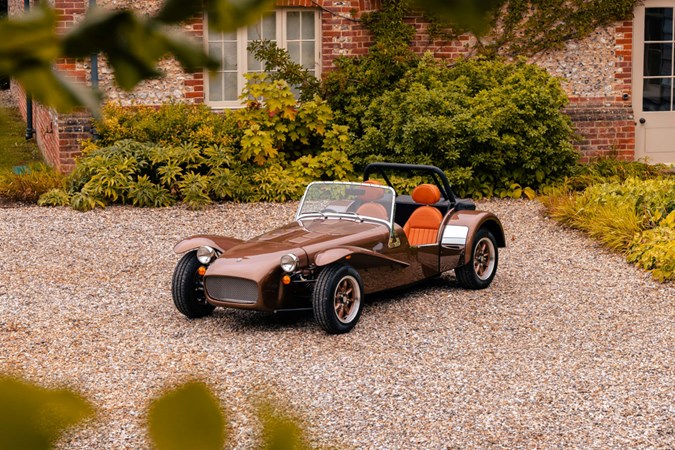
The most potent Caterham takes the 2.0-litre Ford engine and supercharges it. This means 314hp and 0-60mph in a scarcely believable sub three seconds. This is a savage way to propel yourself down the road and is pretty much a road-legal track car.
What’s it like to drive?
It’s an experience. As addictive as it is annoying. The front wheels are suspended outside the main bodywork, which means you can accurately place the front of the car where you want it to go, watching as the inside wheel gracefully brushes the apex of a bend.
The only stability or traction control available is your right foot. There’s no electronic safety net waiting to catch you when things get out of shape. Luckily the chassis is very communicative and allows you to approach its limits without suddenly biting your head off. That said, faster cars approach the boundary of grip much quicker, and demand more progressive, measured inputs.
Unassisted steering and heavy brakes require more effort to move but the rewards are obvious from the outset, with wonderful feedback from both giving you a clear picture of how much grip the tyres have.

It’s a delight on the right road. Specifically, that’s a sunny day with little traffic on your favourite route. On the motorway you’re buffeted between lorries, sawing at the steering wheel just to stay in lane. Rest assured if it’s raining, absolutely everything steams up. At anything above 30mph the mirrors gyrate like a twerking TikTok influencer.
Yet, it’s all worth it because of the mechanical feedback. All the regular Caterham Sevens come with a standard five-speed manual gearbox, or an optional six-speeder. The 620 can be optioned with a six-speed sequential gearbox (shifts one gear at a time in response to a forward or backward tug on the lever).
Whichever manual you pick, it’ll come with an almost unbelievably stubby shifter that requires baker’s forearms to snick between ratios. It’s another physical but rewarding effort that modern car refinement has all but eliminated. Nailing a gearchange in a Caterham is easy and extremely satisfying, once you’ve remembered how to drive properly.


